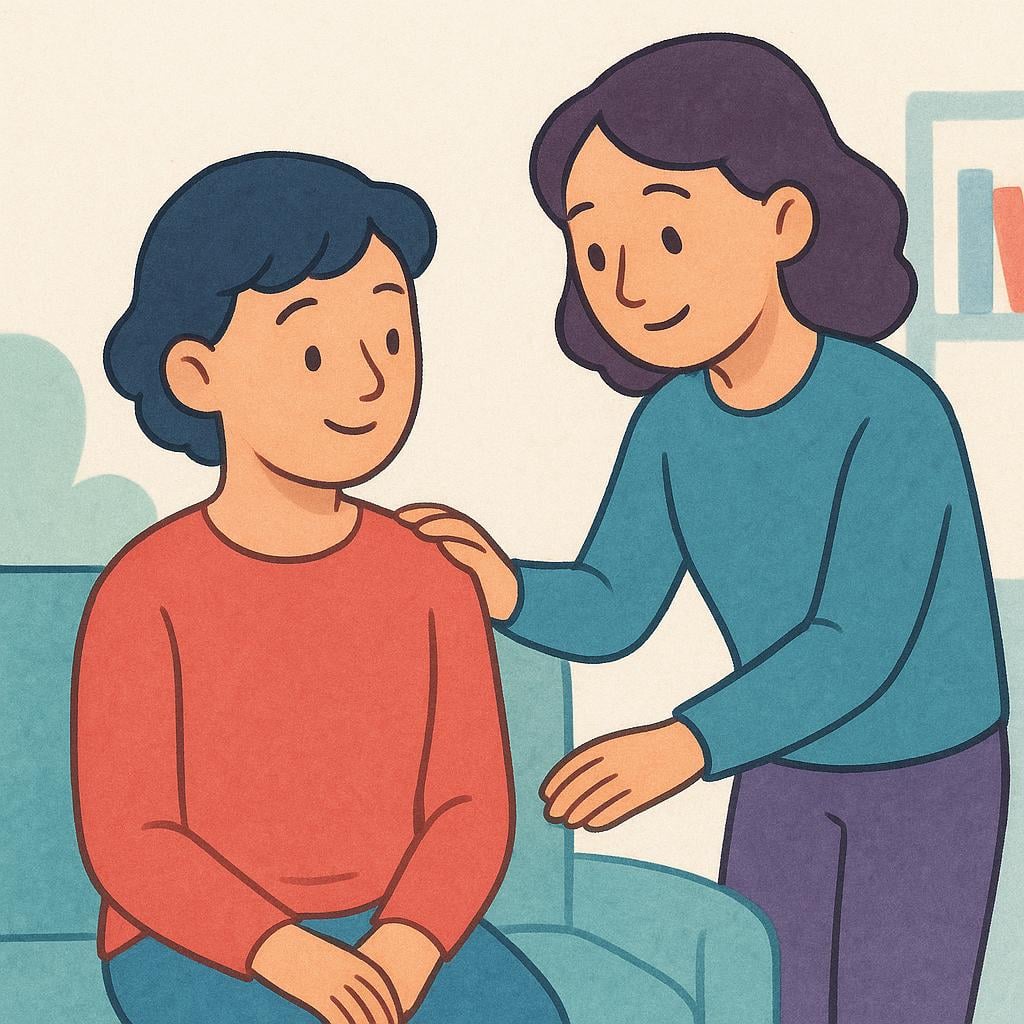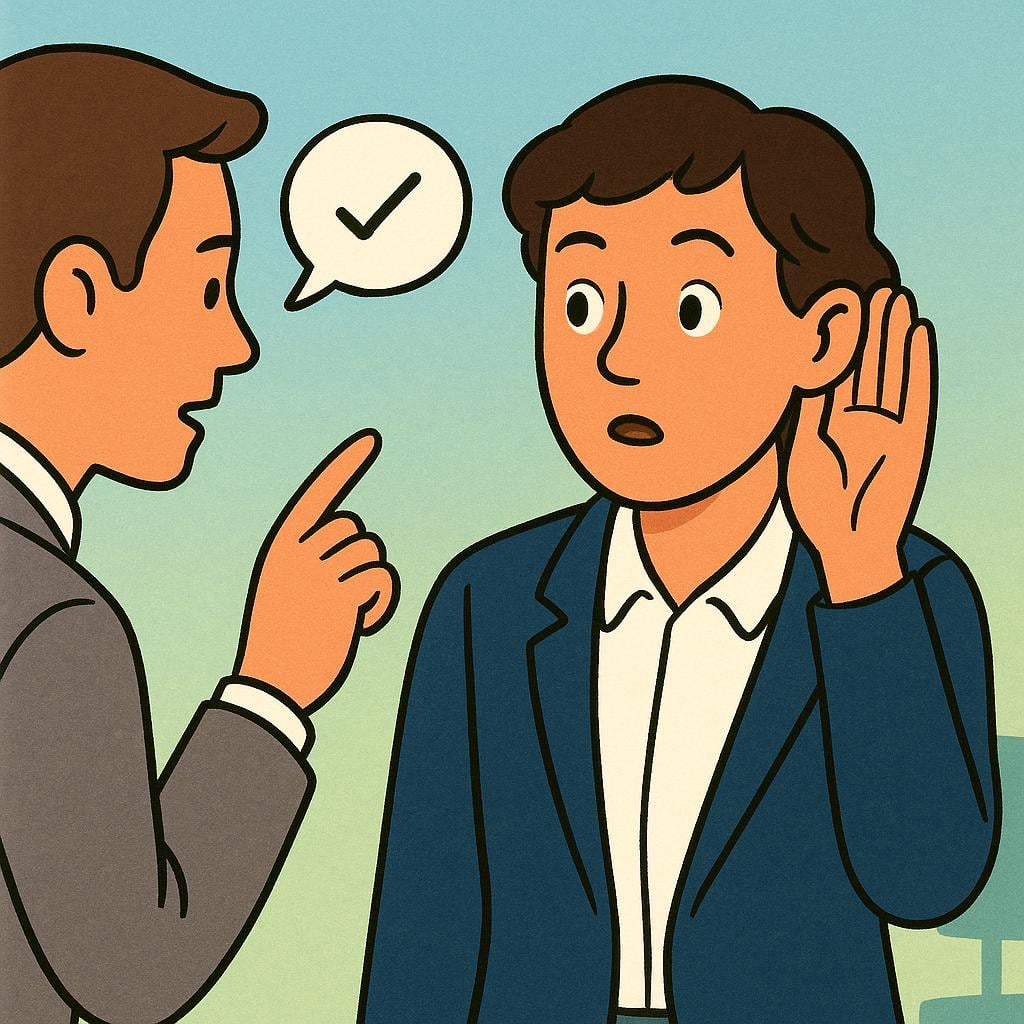oiga
/oi-ga/
Excuse me

As an interjection, oiga is used to politely get someone's attention, similar to saying 'Excuse me' or 'Pardon me.'
oiga(Interjection)
Excuse me
?Used to get someone's attention (similar to 'Pardon me, may I ask...')
,Listen!
?Used emphatically to introduce a point or an objection
Hey!
?Used informally to grab someone's attention
📝 In Action
¡Oiga! ¿Me puede decir dónde está la estación de metro?
A1Excuse me! Could you tell me where the subway station is?
Oiga, eso no es cierto. Yo lo vi con mis propios ojos.
A2Listen, that's not true. I saw it with my own eyes.
💡 Grammar Points
A Polite Way to Interrupt
Using '¡Oiga!' is a very common and neutral way to interrupt a formal conversation or approach a stranger without being rude. It directly addresses the person formally (usted).
⭐ Usage Tips
Formal vs. Informal
Use '¡Oiga!' when speaking to strangers, elders, or people you address formally. For friends, you would use the informal version: '¡Oye!'

Oiga is the formal command (usted) of the verb oír, meaning 'Hear!' or 'Listen!'
oiga(Verb (Conjugation of Oír))
Hear (formal command)
?Direct instruction for the formal 'usted'
that I/you/he/she may hear
?Used in special verb structures (present subjunctive)
📝 In Action
No sé si el jefe lo oiga, pero la idea es buena.
B1I don't know if the boss hears it, but the idea is good. (Subjunctive)
Señor, no hable tan bajo, ¡oiga bien lo que digo!
A2Sir, don't speak so quietly, hear well what I am saying! (Formal command)
💡 Grammar Points
The 'Irregular Yo' Rule
The stem of 'oír' changes in certain forms. Notice how the 'yo' form in the present indicative is 'oigo', which sets the pattern for the entire present special verb form (present subjunctive): 'oiga', 'oigas', etc.
Subjunctive Use
'Oiga' is used when you are expressing desire, doubt, emotion, or uncertainty about the act of 'hearing' for yourself, or the formal 'you', 'he', or 'she'.
❌ Common Pitfalls
Confusing Oír and Escuchar
Mistake: "Using 'oiga' when you mean to 'escuchar' (to actively listen)."
Correction: 'Oír' means passively hearing a noise. 'Escuche' (formal command) means actively paying attention. If you want someone to pay attention to your words, 'Oiga' is generally better as an interjection, but for continuous listening, use forms of 'escuchar'.
✏️ Quick Practice
💡 Quick Quiz: oiga
Question 1 of 1
Which sentence uses 'oiga' as an attention-grabbing interjection?
📚 More Resources
Frequently Asked Questions
What is the difference between '¡Oiga!' and '¡Oye!'?
'¡Oiga!' is the formal way to get someone's attention (used with usted). '¡Oye!' is the informal way (used with tú) and is best used with friends, family, or people you know well. Both mean 'Hey!' or 'Listen!'
Is 'oiga' the same as 'escuchar'?
No. 'Oír' (which 'oiga' comes from) means 'to hear'—the physical act of sound entering your ears. 'Escuchar' means 'to actively listen' or pay attention. However, when used as an interjection, '¡Oiga!' often means 'listen up' in context.